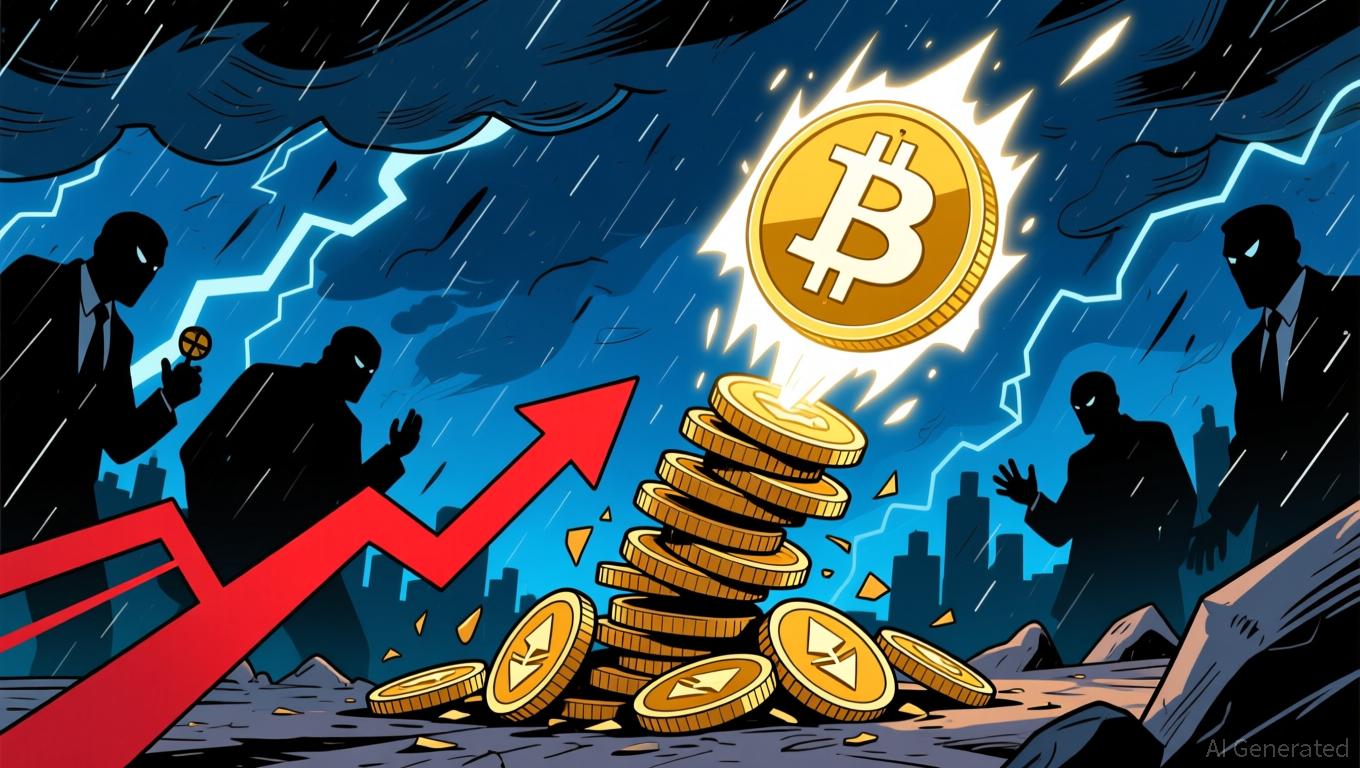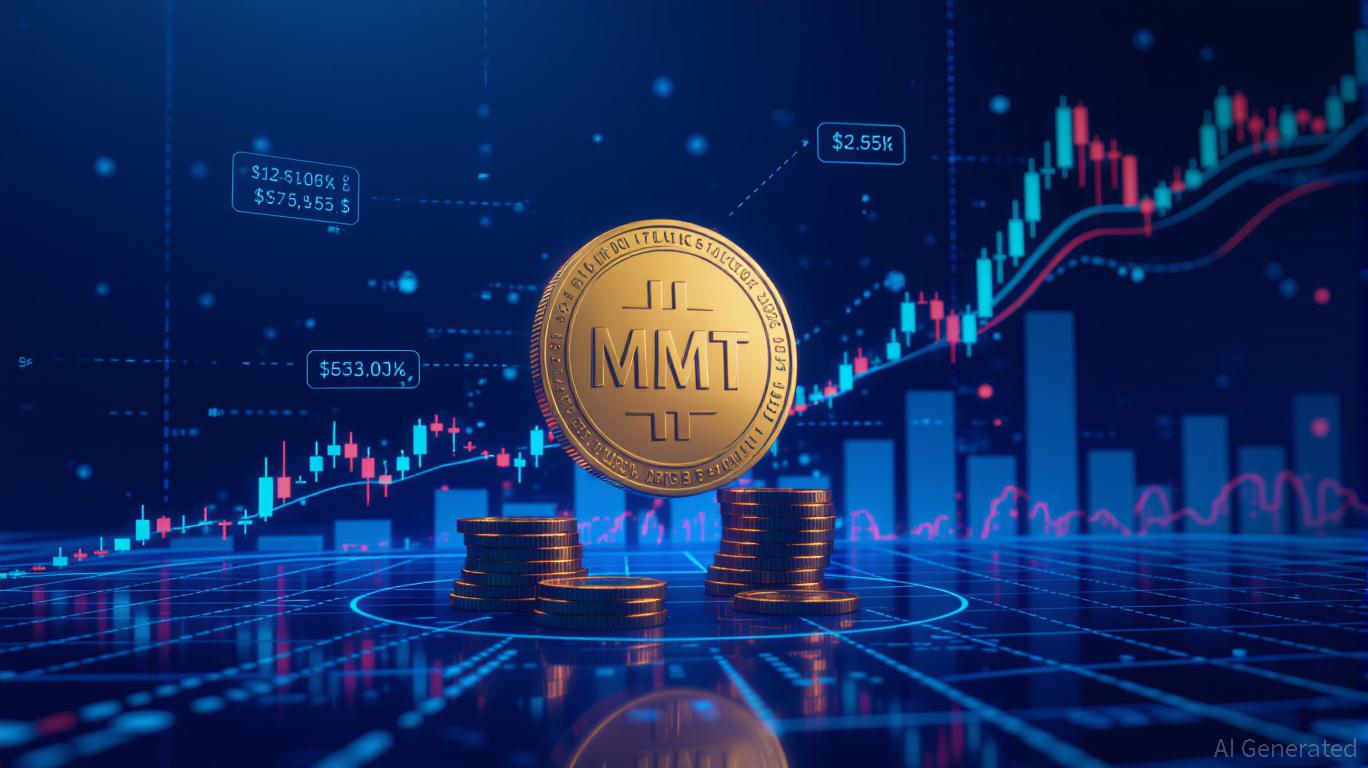dYdX Unleashes Performance-Based 50% Affiliate Tier
The passage of the dYdX community’s v9.4 software upgrade represents a critical evolution in how decentralized protocols align incentives at the core layer. Introducing the Sliding Affiliate Fee Feature, dYdX is transitioning its partner program from static, protocol-heavy control to a dynamic, performance-based economic engine, a model that emphasizes efficiency and meritocracy. The Critique of
The passage of the dYdX community’s v9.4 software upgrade represents a critical evolution in how decentralized protocols align incentives at the core layer. Introducing the Sliding Affiliate Fee Feature, dYdX is transitioning its partner program from static, protocol-heavy control to a dynamic, performance-based economic engine, a model that emphasizes efficiency and meritocracy.
The Critique of the Static Tier Model
Historically, affiliate rewards on decentralized exchanges often relied on fixed, ‘VIP’ tier systems. While functional, these systems proved slow and inefficient. The original dYdX VIP model required dedicated governance proposals simply to adjust or expand affiliate reward structures. This created two main points of friction:
- Governance Overhead: The DAO’s focus was diverted from strategic protocol decisions (like risk parameters or new markets) to operational maintenance.
- Lagging Incentives: Tiers failed to instantly reflect the current, sustained impact and trading volume driven by partners.
The v9.4 upgrade acts to resolve this, replacing the static legacy system with a mechanism hard-coded for continuous meritocracy.
The New Paradigm: Dynamic, Performance-Coded Commissions
The core of the upgrade is a structural shift in the revenue-share. Instead of the previous 15% baseline commission, all affiliates now automatically start at a 30% revenue share of taker fees, effectively doubling the base commission.
The key innovation lies in the sliding scale, which is automatically calculated based on referred volume over a trailing 30-day period. This ensures that commissions are a direct, real-time function of recent performance.
The new tiers are:
| 30-Day Referred Volume | Commission Rate |
| Up to $1,000,000 | 30% |
| $1,000,001 – $10,000,000 | 40% |
| Above $10,000,000 | 50% |
This structure ensures that high-volume affiliates driving over $10M within a month instantly qualify for a premium 50% revenue share for the next 30 days. This mechanism motivates sustained, consistent engagement, as rates adjust according to current, verifiable performance.
A Structural Win for Decentralized Governance
From an analytical perspective, the most significant impact of the Sliding Affiliate Fee Feature is its ability to streamline governance. By automating affiliate tier adjustments, the protocol eliminates the need for manual VIP whitelisting proposals.
This liberation allows the decentralized autonomous organization (DAO) to focus its bandwidth on high-level strategic decisions, such as risk management, market expansion, and core protocol development.
dYdX is strategically using code to enforce economic fairness and efficiency, allowing the governance layer to operate closer to its strategic ideal. It is a compelling example of how a decentralized protocol can refine its tokenomics to be both highly competitive and autonomously managed.
Conclusion: The Maturing of a DeFi Protocol
The v9.4 upgrade is a strong indication of dYdX’s commitment to its partner ecosystem and its maturing protocol design. By hard-coding rewards based on merit and aligning earnings precisely with current impact, dYdX not only significantly boosts affiliate earning potential but also strengthens its infrastructure as one of the most dynamic and efficient decentralized exchanges in the perpetuals market.
The move to a 30-50% commission structure demonstrates a clear focus on incentivizing sustainable liquidity and long-term growth, a necessary evolution for any protocol aiming to lead in the competitive decentralized finance space.
Disclaimer: The content of this article solely reflects the author's opinion and does not represent the platform in any capacity. This article is not intended to serve as a reference for making investment decisions.
You may also like
Bitcoin Updates: Tether's Unstable Backing and Bitcoin's Rally Intensify Liquidity Shortage
- Bitcoin's price surge triggered Tether (USDT) outflows, raising liquidity risks as reserves face S&P downgrade. - NYDIG reports $3.55B ETF outflows in November, linked to corporate trades and algorithmic stablecoin losses. - S&P cites 5.6% Bitcoin exposure in USDT reserves, exceeding overcollateralization buffers, risking undercollateralization. - Analysts warn of self-reinforcing cycles as Bitcoin rallies coincide with Tether redemptions, straining liquidity. - Tether's 24% high-risk assets in reserves

Global Exchanges Caution: Excluding Crypto May Undermine Market Fairness and Integrity
- Global exchanges urge SEC to reject broad crypto exemptions for tokenized stocks to prevent market integrity risks and unfair competition. - SEC considers sandbox framework for crypto pilots, but warned by WFE and SIFMA against creating parallel markets and eroding safeguards. - SIFMA highlights crypto market collapses, stressing that U.S. markets’ strength lies in regulated depth and liquidity, not speed. - Robinhood and Coinbase advance tokenized stock initiatives despite resistance from traditional ex

Reevaluating MMT After Quantitative Easing: Insights from the Latest Rise in MMT Price Forecasts and Their Implications for Market Outlook
- Post-QE markets show MMT's influence on digital assets, with MMT token surging 1,300% driven by Binance airdrops and institutional buying. - Q2 2025 saw fixed-income markets shift to traditional risk-return metrics as MMT's dominance waned amid normalized term premiums and higher debt compensation demands. - Investors rotated to small-cap/value equities and AI infrastructure amid fiscal stimulus, while elevated valuations emphasized diversification and fundamentals. - MMT remains relevant for sovereign f

AAVE +0.54% As Institutional Interest in Euro Stablecoins Continues to Rise
- Aave (AAVE) rose 0.54% in 24 hours to $186.75, reflecting growing institutional interest in EU stablecoin infrastructure. - Deutsche Börse plans to integrate EURAU stablecoin into its custody services, expanding digital-asset capabilities under MiCA regulations. - The move aligns with EU efforts to reduce reliance on U.S. stablecoins and promote euro-pegged alternatives through regulated frameworks. - Institutional adoption of stablecoins may indirectly benefit DeFi platforms like Aave by enhancing liqui

